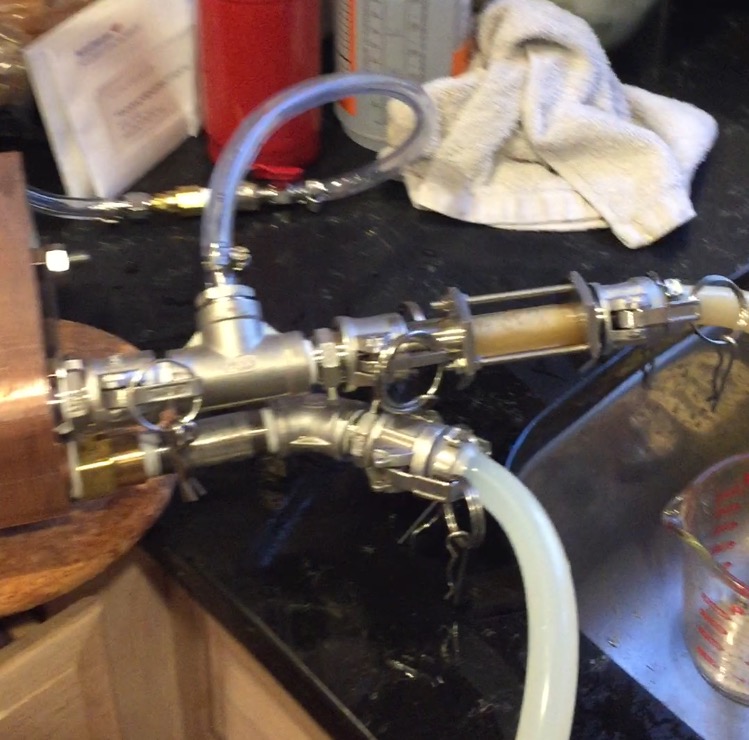scullerkurt
Well-Known Member
- Joined
- Jun 18, 2015
- Messages
- 46
- Reaction score
- 5
My system Ramps up quick b/c I have the rims rocket, once the grain temp is close to 168 (167 or so) I start the 10 min clock...my ramp time is somewhere around 10 mins to get the GRAIN temp to 168...my wort temp hits 168 in a minute or so. If I'm gonna have a mash start to get stuck, it's usually in the mash out...so keep a close watch. One other thing, mash out is to denature the enzymes, even if you don't hit 168 in the grain bed, you'll quickly hit 168 when you start heating the bk. Better to be on the cold side of 168 than too hot on mash out, you don't want off flavors (that evidently comes with being too hot). Just my humble opinion...



